Lydia Moss Bradley: Shaping Community Through Visionary Support and Legacy
Submitted by Lynette Woelfle Steger, Peoria Women's Club, Bradley University '94, '13 and '20
In the late 19th century
Lydia Moss Bradley, Photo from National Women's Hall of Fame
The Peoria Women’s Club (PWC) embarked on an ambitious quest to establish a permanent headquarters, with Lydia Moss Bradley playing a crucial role in bringing this vision to fruition. The journey began on November 10, 1890, when Lydia Moss Bradley signed a mortgage agreement with the First Baptist Church. This transaction enabled the church to build a new facility at Glen Oak and Hamilton, which opened in 1892 and facilitated the demolition of the 1864 building. By February 1891, the PWC had raised $25,000 through a stock company to fund their new clubhouse. On April 4, 1891, Clara P. Bourland, President of the Peoria Women’s Club, purchased the now-vacant church property for $1,000. Partnering with architect William Le Baron Jenney, the PWC began constructing an 11,000-square-foot clubhouse, including a theater, to enhance its public performances and community events capacity.
In a remarkable show of support, Lydia Moss Bradley released the First Baptist Church from its mortgage on June 13, 1892. Their early repayment freed up resources, allowing her to invest $5,000 in Peoria Women’s Club (PWC) bonds on September 29, 1893, before they were publicly released. This investment was crucial for supporting the PWC’s effort to fund the addition of the second-floor theater. By October 7, 1893, the PWC issued additional bonds totaling $16,000 to finance the theater, having previously secured a mortgage for this purpose. Clara Greenhut also played a significant role by issuing a $4,000 note on November 3, 1903. Combined support from club members and benefactors ultimately brought the total cost of the clubhouse project to $45,000.
$5,000 in 1893 is worth $174,744.44 in 2024
Peoria Women's Club Cornerstone. Placed in 1893 and restored in 2023.
Dedicated on January 20, 1894, and fully paid off by 1911, the Peoria Women’s Club clubhouse is a historic and cultural landmark.
As one of Illinois's earliest women’s club buildings, it predates many similar establishments on the East Coast, underscoring its pioneering role nationally. Listed on the National Register of Historic Places and contributing to the North Peoria Historic District, the building features a distinctive brick facade and ornate wrought iron gates. The main floor includes two large meeting rooms, a parlor, and a full kitchen, while the second floor features Peoria’s first lecture/music hall with 432 seats.
The clubhouse swiftly established itself as a pivotal venue for advancing women's rights and social reform, hosting key conventions and meetings that cemented its legacy in women’s activism and civic engagement. Although the theater has been closed since a fire in 1970, the building remains a significant community asset. Since 2019, it has been the focus of substantial fundraising and restoration efforts, ensuring its ongoing relevance and preservation.
In 1897, three years after the clubhouse was dedicated, Lydia Moss Bradley founded Bradley Polytechnic Institute, which would later become Bradley University. This institution reflected her vision for providing educational opportunities and fostering leadership and community development, mirroring the same spirit of empowerment and progress she championed with the PWC. Lydia Moss Bradley’s contributions to this transformative project underscore how one individual's support can profoundly impact a community’s cultural and social fabric.
1893 to now
Restoration efforts are in full swing to restore the clubhouse to its former glory with multiple fundraising campaigns ongoing, including our signature Cosecheras Coffee to raise money for the Kitchen/Pantry and our Sponsor a Seat to raise money for the theatre.


